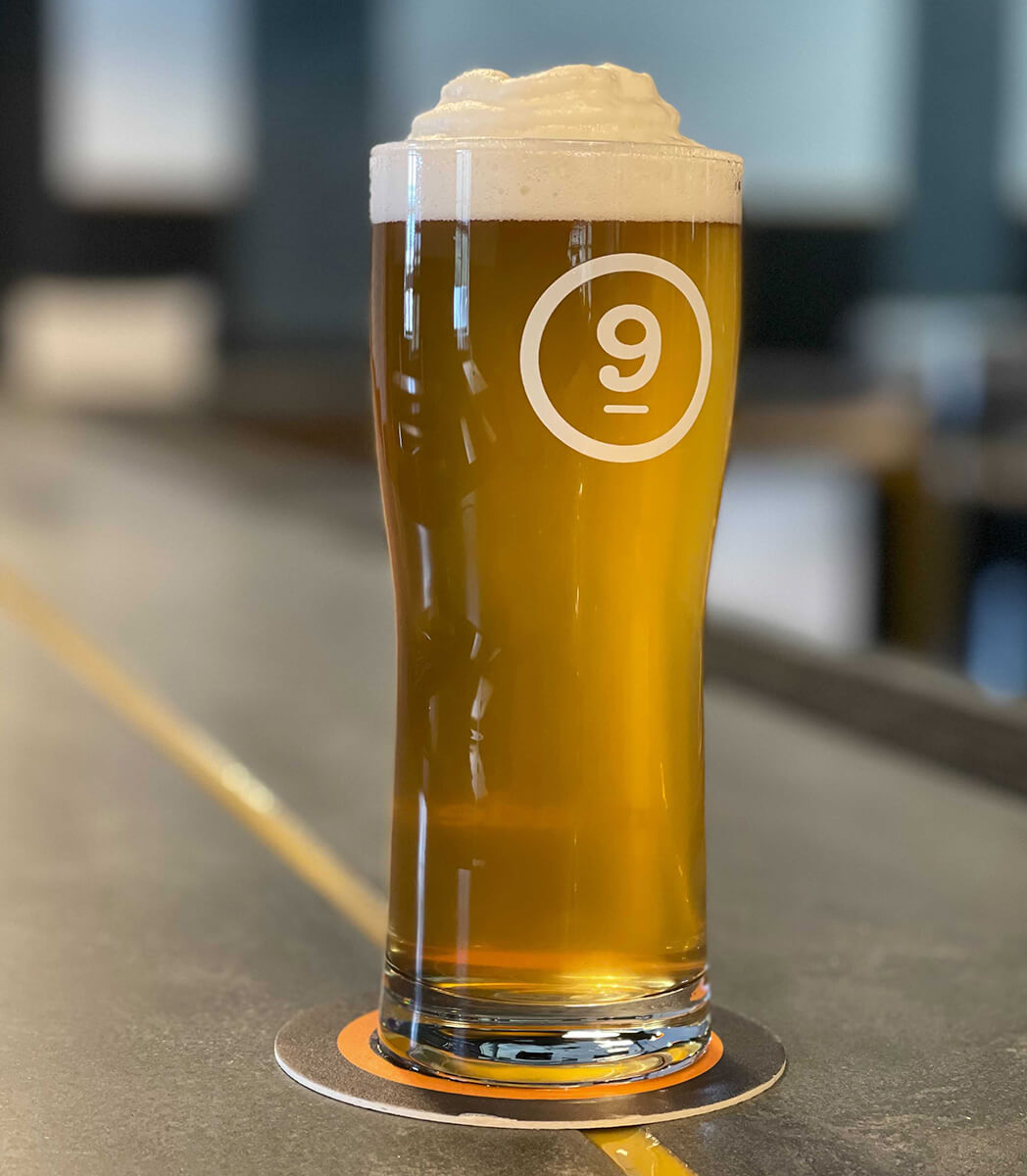You’ve heard us say it time and time again – we’re about doing things made right in every aspect of the phrase. From ingredients to the brewing process, and even though the serving process.
Pilsners are one of the most popular styles of beer in the world. Why? In short, because of their versatility and easy drinkability. They also come in a variety of different forms – Czech, German, American, and Bohemian just to name a few. We’re going to be focusing on the Czech Pilsner, which under the name Pilsner Urquell, is credited as the very first pilsner in the world.
Unfortunately, the downfall of a pilsner usually lies in their simplicity. When sours and hefty DIPA’s are all the rage, pilsners seem to fall to the back burner. But, we’re here to help them stage a comeback.
What pilsners have that other beers don’t is their ability to become much more interesting when they’re served in such a way that is termed “slow-poured.” A Slow Pour Pilsner softens the beer’s carbonation and opens up the endless realm of delicate flavors the beer has to offer. This happens through the process of slow pouring, which changes the beer’s flavor in a couple of ways.
First, it warms the beer slightly. So, instead of the beer being served ice cold, it’s served at just above room temperature. Second, by slowing down the pouring process, the foam is able to sit a few minutes between each set of top-offs. This allows the foam to dry a bit, becoming more structured, stable, and most importantly, creeeeeeamy.
Although it sounds simple, the slow pour process is actually quite intricate, and it uses something called a side-pour.
The classic American faucets are either on or off – there is no in-between. Side-pour faucets act similarly to a dimmer switch. If you open the faucet just slightly, you get all foam, but if you leave it wide open, you get all beer. Unlike the normal way of pouring the beer in first and adding the foam on top, the side-pour faucet enables you to put the foam in first and the beer on top. This creates a pillowy foam cap that transforms the beer itself. Hey, all great things take work, right?
Another thing about great things is that they always come to those who wait. Slow pours take a bit more time to pour (hence the name, duh) than your average brews. Up to 7 minutes, in fact.
But, we can guarantee that it will be worth the wait as soon as your taste buds get their first hint of that sweet pillowy goodness.
Now tapping: our first Slow Pour Czech Pilsner (ABV-5.3%, IBU -40). Come get it while it’s cold!
We hate tooting our own horn. Actually, that’s not true. We toot our horn every chance we get. And here’s our chance: we just happen to be the VERY FIRST brewery in the Lowcountry of South Carolina to brew a Slow Pour Pilsner. A drastically different experience than crushing cans, we think you’re gonna love this cool new treat.
